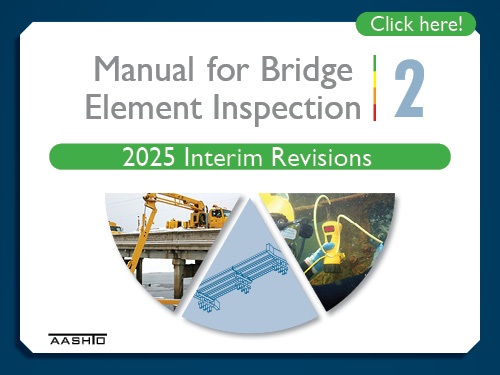In conjunction with the quadrennial PIARC World Winter Service and Road Resilience Congress held in Calgary, the U.S. National Committee hosted a paper competition to recognize U.S. authors and their contribution to the PIARC Congress.
[Above photo by the Virginia DOT]
That U.S. paper competition – sponsored by the American Association of State Highway and Transportation Officials and the Federal Highway Administration – name a winning paper for each of four winter service and road resilience topics.
[Editor’s note: Founded in 1909 at the dawn of the automotive age, “PIARC” stands for the “Permanent International Association of Road Congresses,” which provides a global forum for discussing policies and trends that affect all road users. A short video explaining PIARC’s history is below.]
The winner of the “Best Winter Service Paper” came from a Virginia Tech Transportation Institute (VTTI) team comprised of Matthew Camden, Jeffery Hickman, Scott Tidwell, Rebecca Hammond, Richard Hanowski, and Alejandra Medina-Flintsch. It focused on how to develop comprehensive “defensive driver training” courses for snowplow operators.
Such training is becoming increasing critical as state departments of transportation and other public works agencies are experiencing a shortage snowplow operators, according to a recent survey conducted by the American Association of State Highway and Transportation Officials.

That survey – which polled 31 state DOTs and 51 public works agencies from across the United States – found 84 percent of respondents indicated they experienced higher-than-normal vacancies of snowplow operators during the 2021-2022 winter season.
“That is what really drove this defensive driving paper to the top – there is a need right now for very practical [snowplow operator] training,” explained Rick Nelson, AASHTO’s snow and ice removal expert.
Nelson manages AASHTO’s Snow and Ice Pooled Fund Cooperative Program, known as “SICOP,” which produces a winter operations podcast that provides information on a range of snow and ice fighting tactics. He noted that the genesis for this paper stemmed from discussion in Montana, which – like many states – has experienced a spike in motorists rear-ending snowplow during winter operations.
“VTTI went in with their team and ended up conducting many interviews across the board with states, to detail how snowplows were being struck and what five or six things operators could do to help minimize the chance of such crashes,” he said. “That kind of training you can’t wait on, especially when you’re trying to get new drivers ready for the winter season.”
 AASHTO
AASHTO
Registration Open for Annual AASHTO Rail Meeting
June 20, 2025 AASHTO
AASHTO

